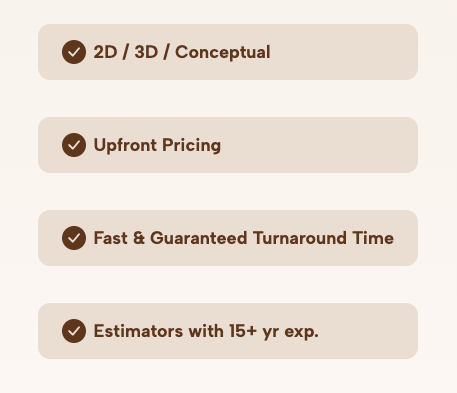How Construction Plan is Nothing but Planning is Everything (Part 1): The General's Paradox and the Builder's Reality


Early in my career, a superintendent I deeply respected—gave me a piece of advice that has shaped my entire approach to project leadership. After an unforeseen rain event had delayed our foundation excavation, we were standing on the muddy site, marking up a set of plans, and our markups were already bleeding ink in the morning drizzle. He pointed to his head and said, "Running a project is up there—we are thinking." Then, he pointed down to his boots, caked in mud. "And down there—we are dancing."
That simple analogy captures a profound truth about construction, one that echoes the wisdom of the world's greatest military strategists. Over a century ago, the Prussian Field Marshal Helmuth von Moltke the Elder, a master of operational planning, observed that “no plan survives first contact with the enemy”. For those of us in the built environment, the "enemy" is the relentless, unpredictable, and chaotic reality of the job site: the unforeseen field conditions, the delayed permit, the volatile supply chain, the critical change order and so on.
Decades later, another great strategist, Dwight D. Eisenhower, distilled this concept into an even more potent paradox: "Plans are worthless, but planning is everything". This is not a contradiction. It is the essential wisdom for navigating uncertainty.
Plan—the static, bound set of drawings and the Gantt chart pinned to the wall—is a snapshot of a world that existed when the plans were drawn up. It is a forecast that begins to decay the moment it is printed. But the planning—the rigorous, collaborative, and continuous process of thinking, iterating, anticipating, and adapting—is what builds the institutional muscle, the situational awareness, and the strategic resilience to deliver a world-class building.
Construction industry's chronic struggles with project delays and budget overruns are not a result of poor plans. They are the result of a cultural and systemic over-reliance on the staticplan and a failure to embrace dynamic planning. Masterful project delivery in the 21st century is not about creating a perfect, unchangeable map. It is about building a resilient project ecosystem—a finely tuned combination of people, processes, and technology—that can gracefully "dance" with the beautiful, brutal, and unpredictable reality of the field.












